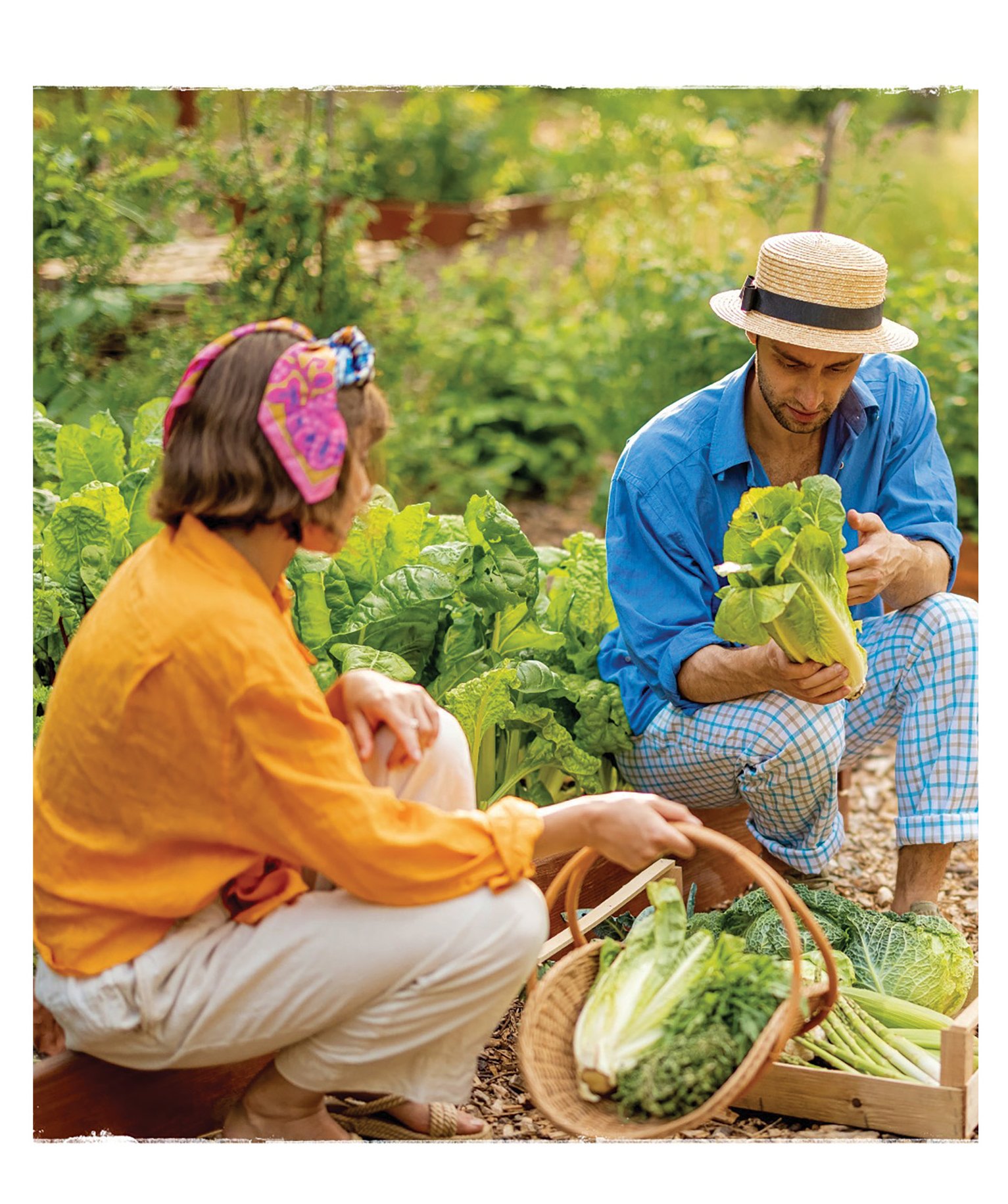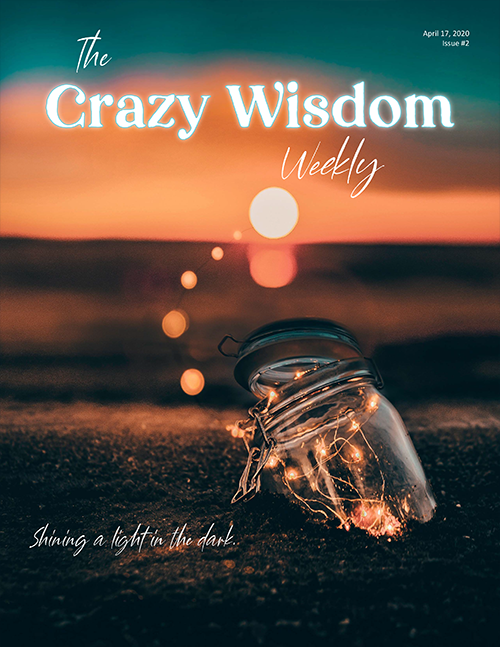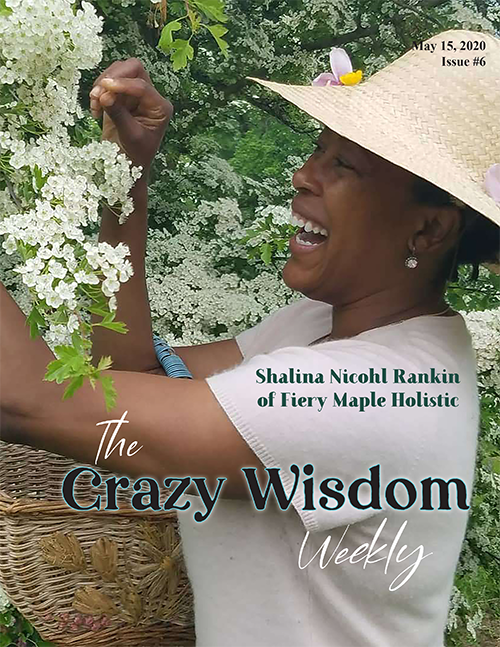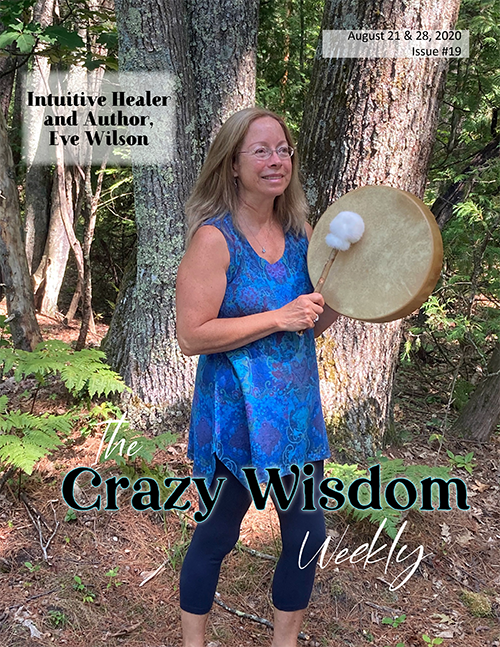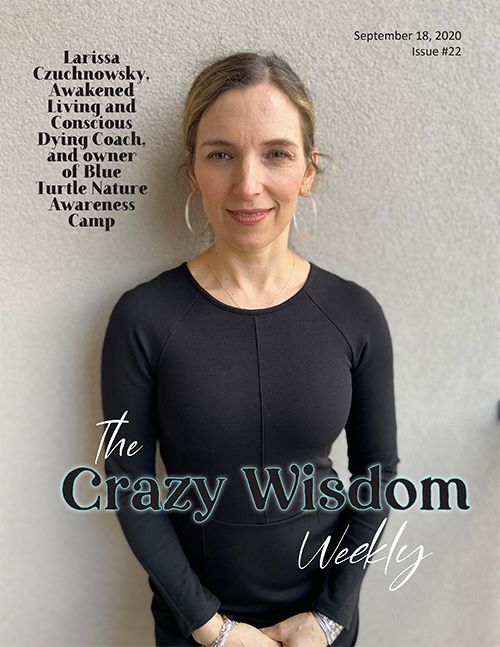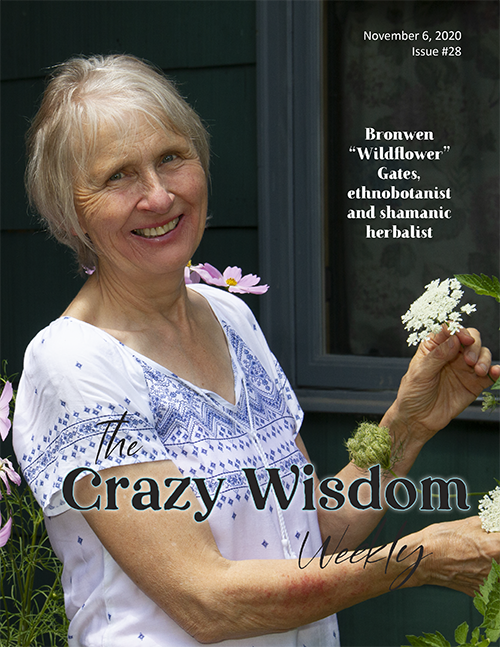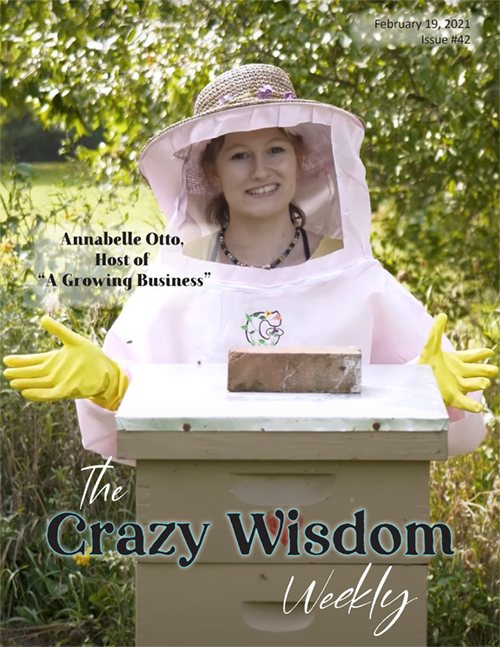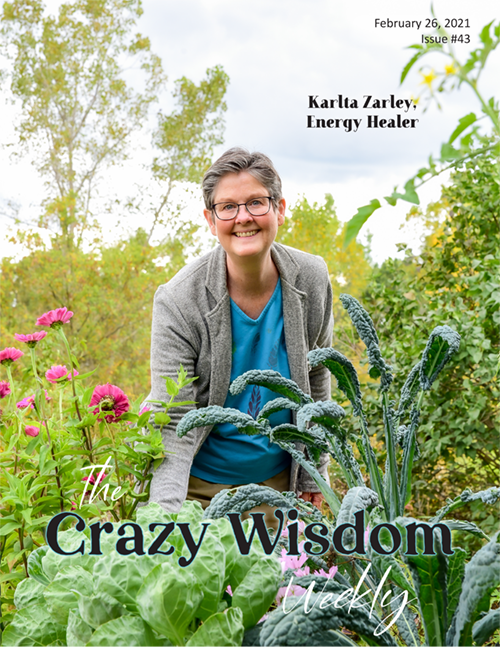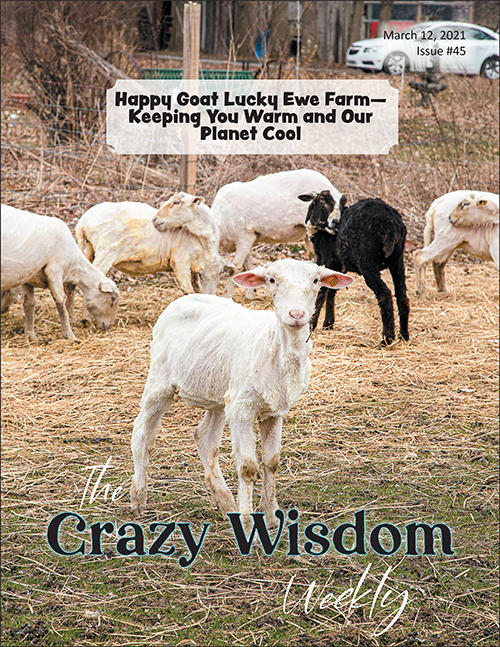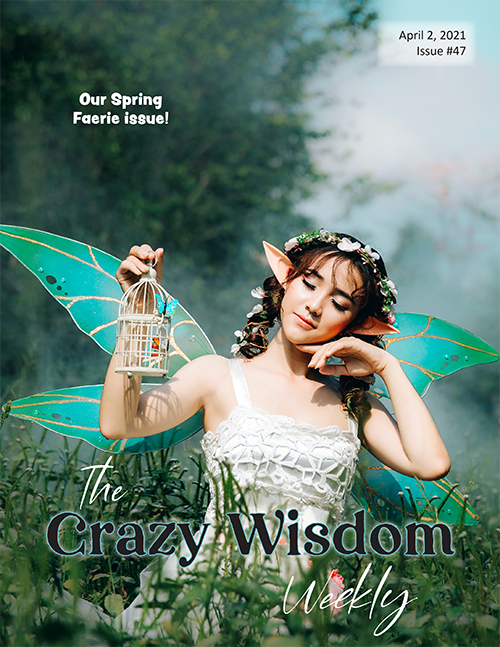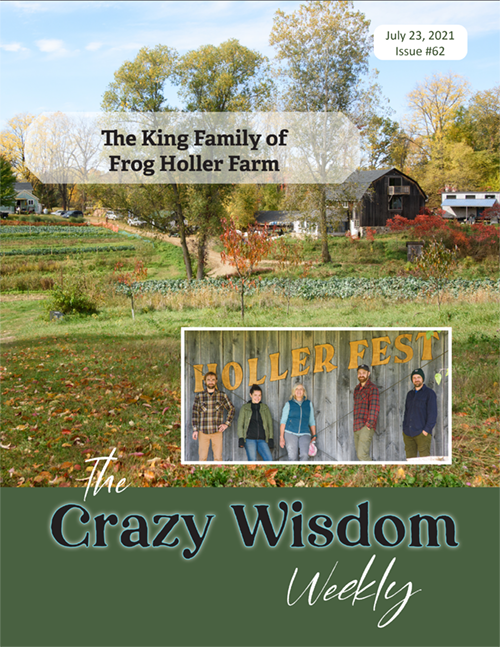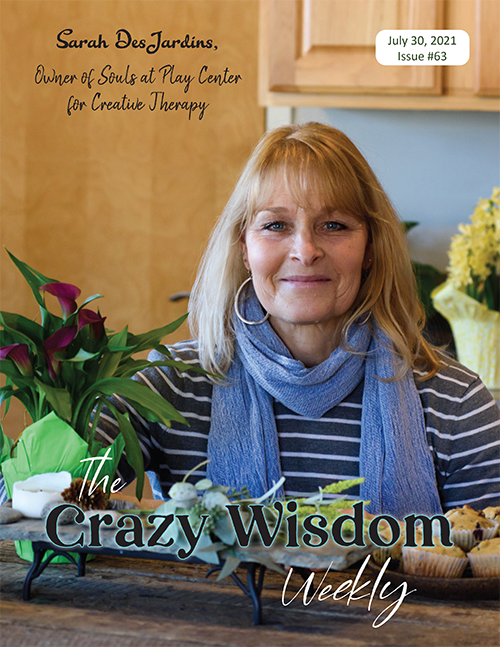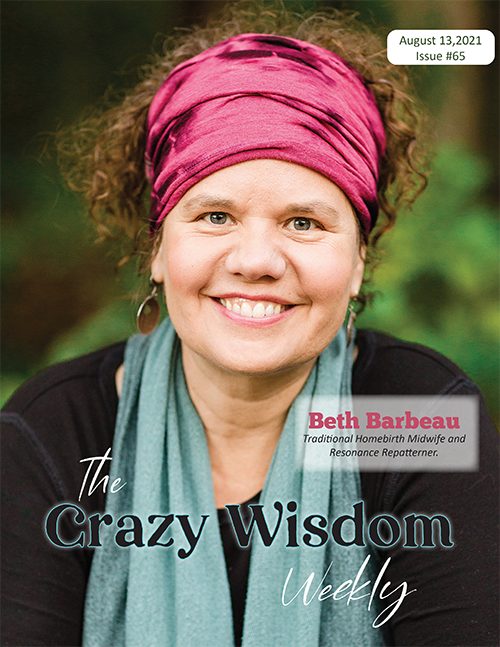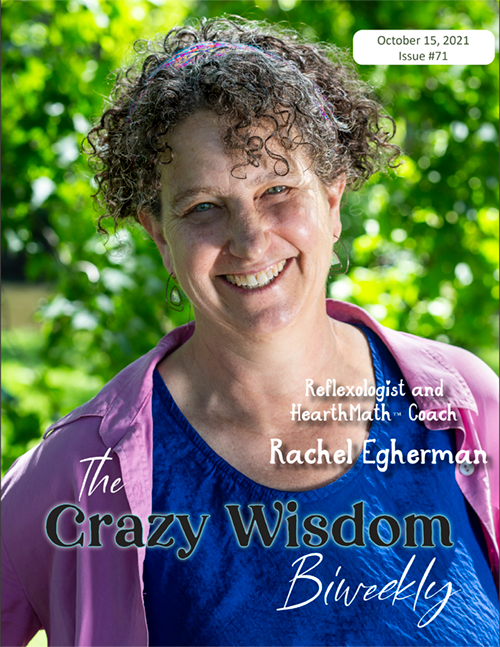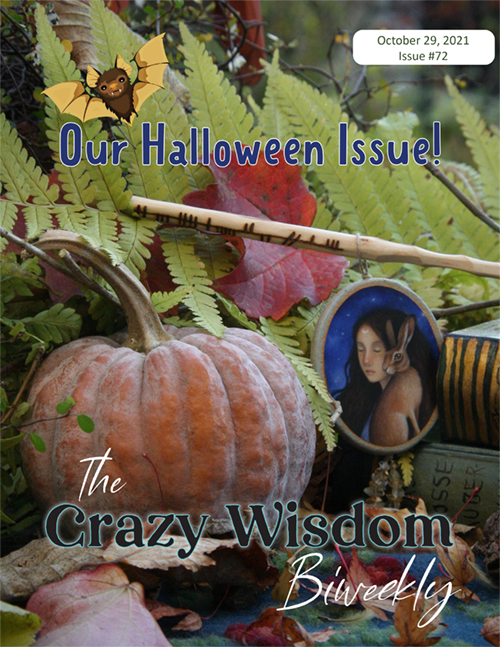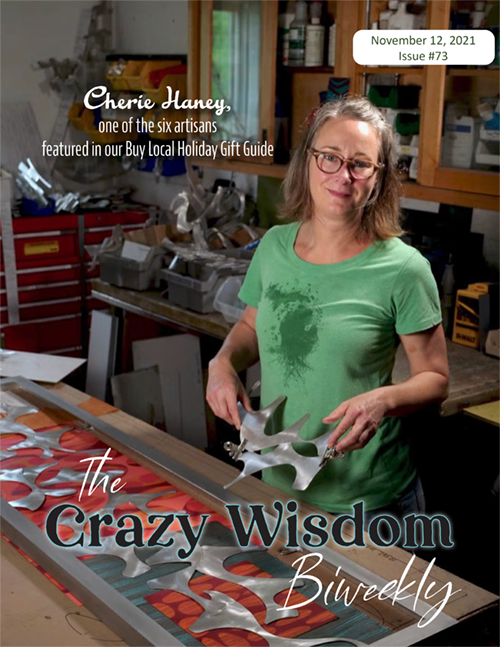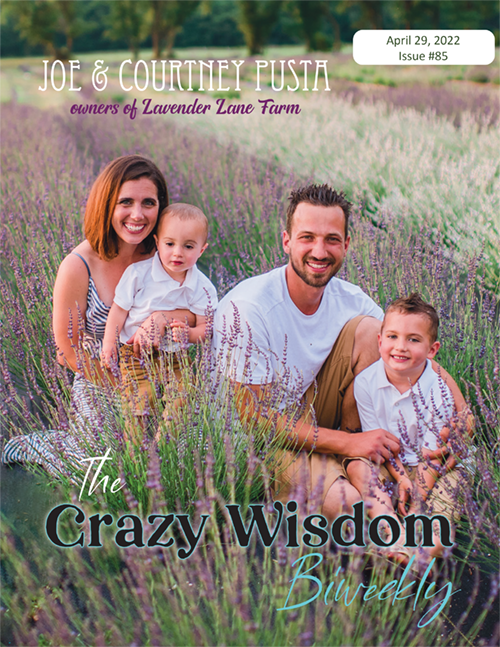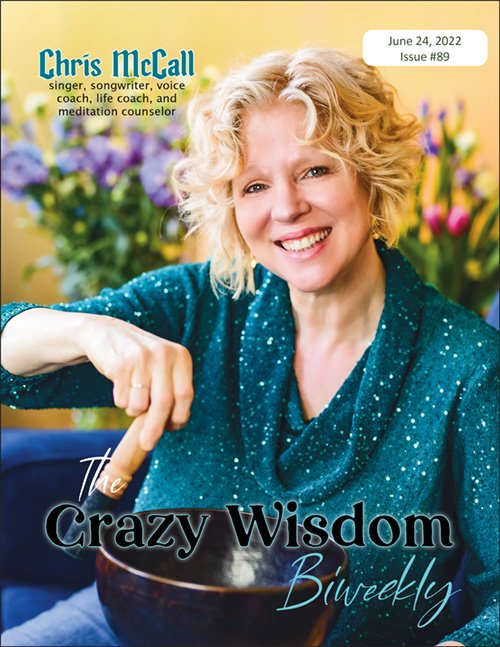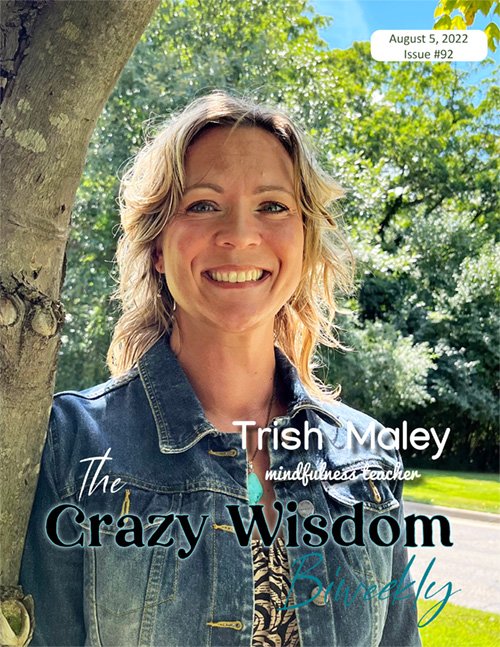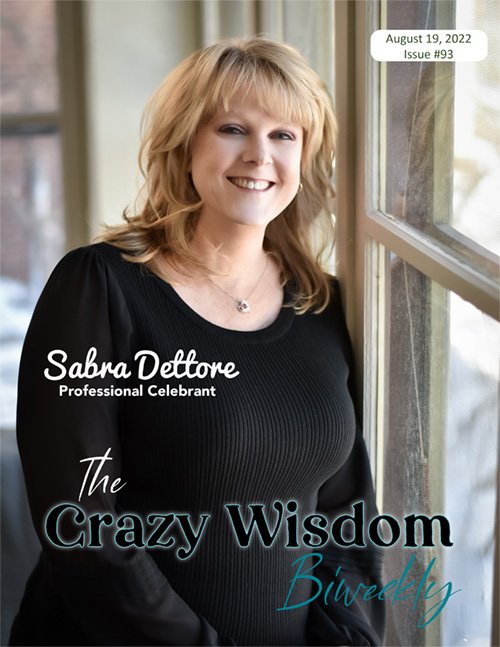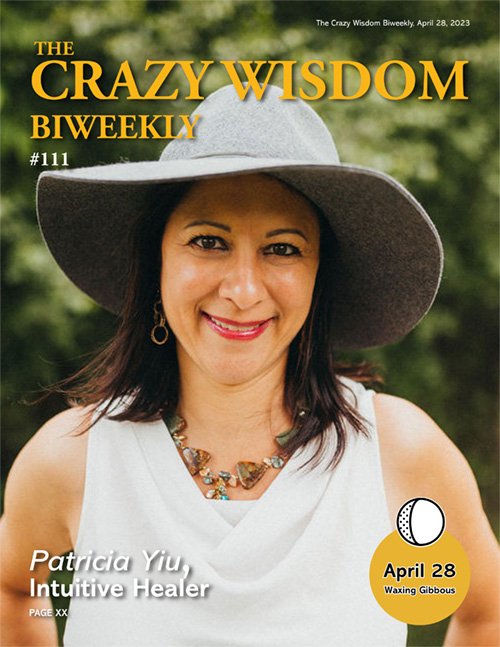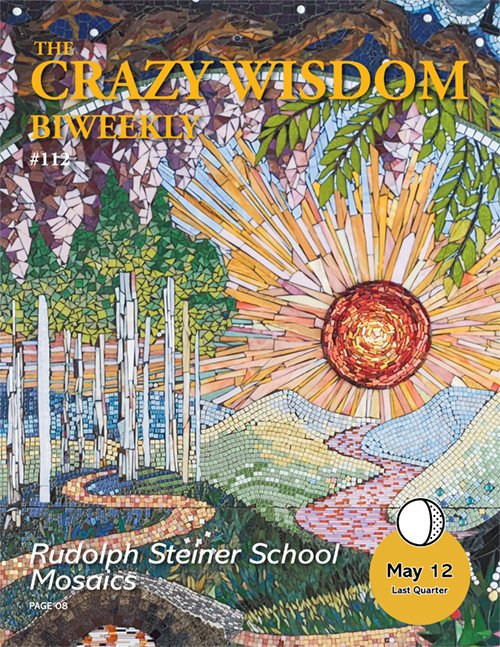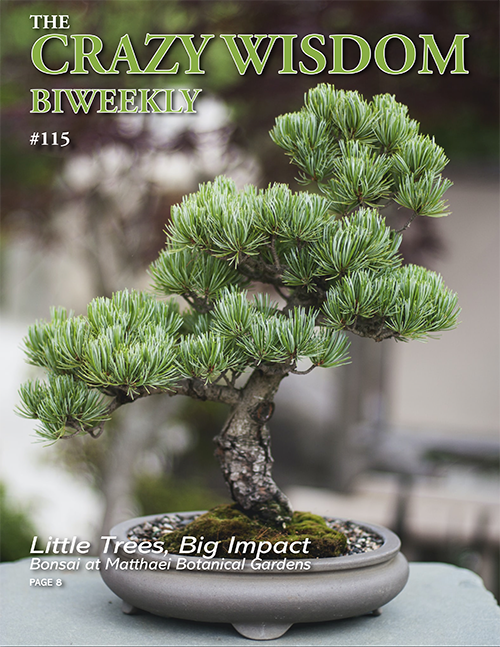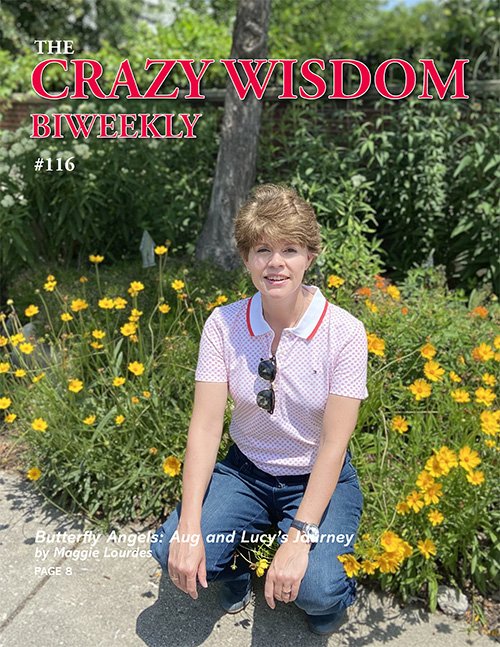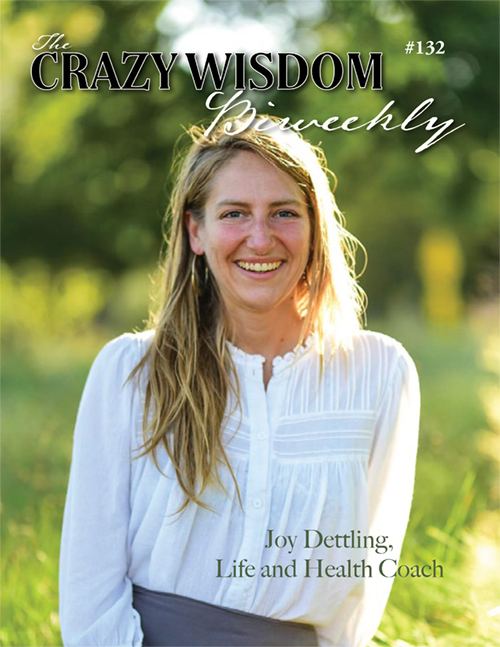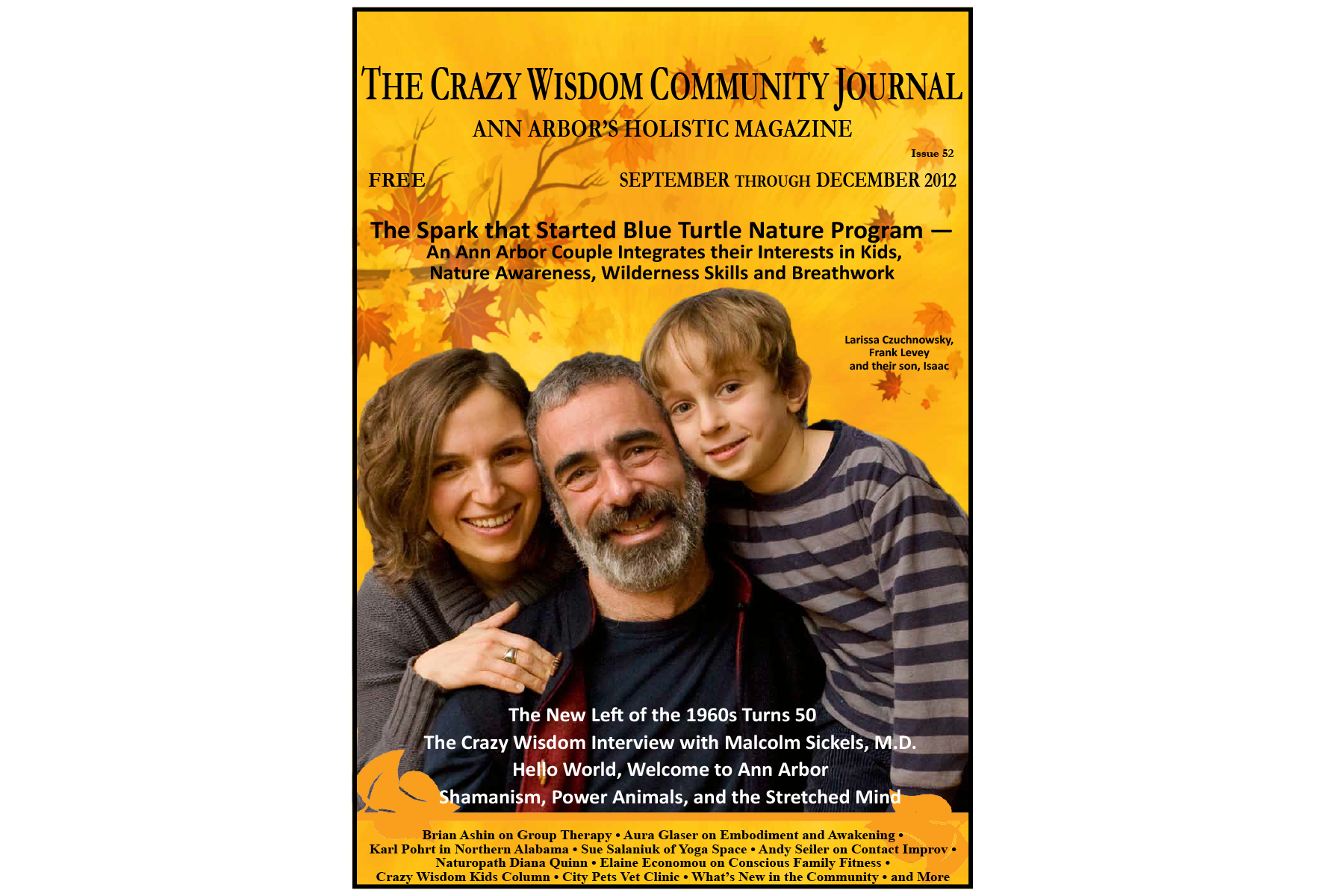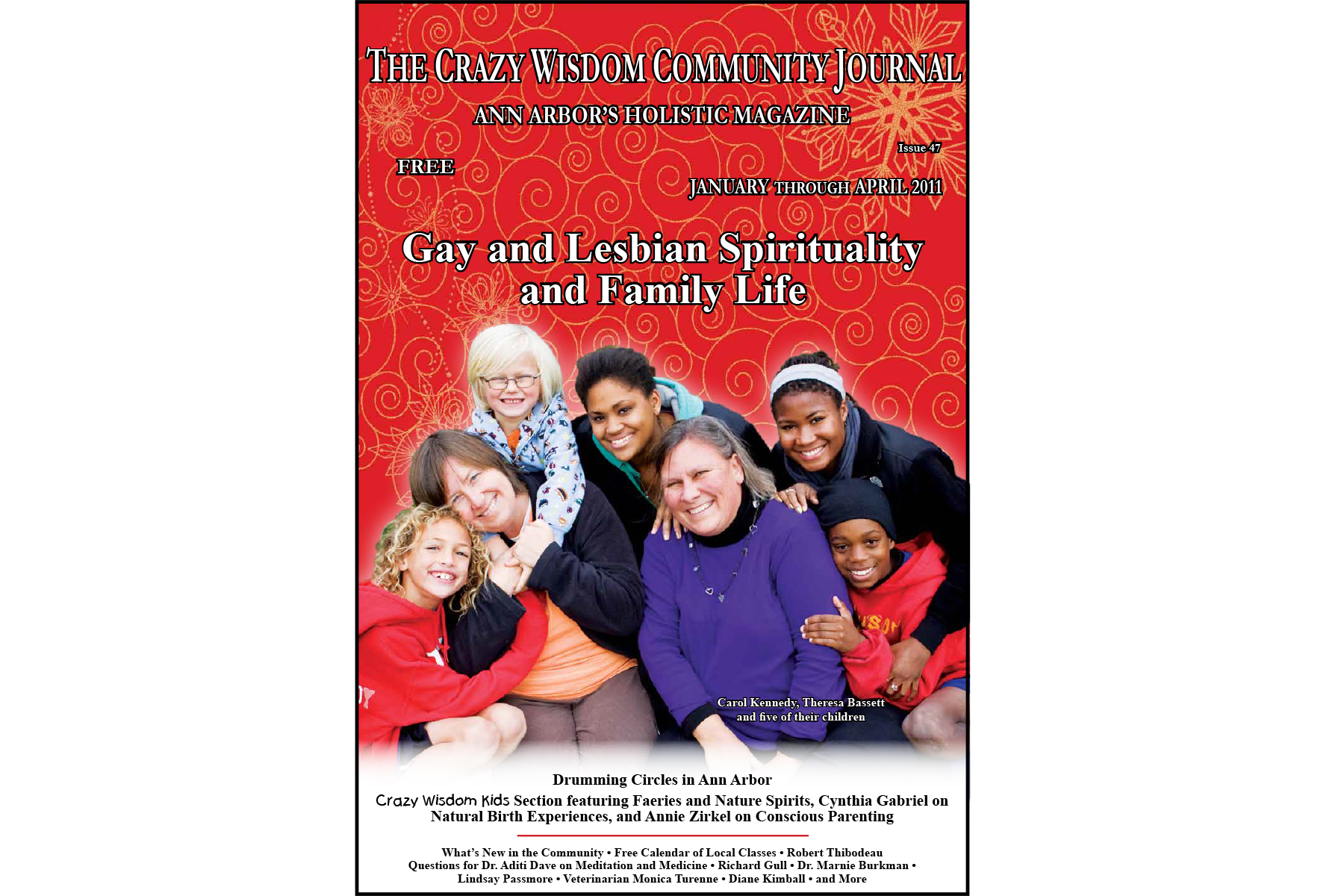Are you looking for a unique, useful, and beautiful herb for your garden? Let me introduce you to Marshmallow, a hardy perennial whose every part has a use. It can grow quite tall, up to four feet, with soft fuzzy leaves and light purple flowers. This plant has many cousins in the mallow family which are planted as ornamentals. Marshmallow (Althaea officinalis) is the medicinal species that we will explore today.
Cultivating Connection: The Power of Community Gardens
A community garden is like a little shared oasis, a special spot where folks from all walks of life come together to grow delicious veggies, fragrant herbs, and beautiful flowers. It becomes a green sanctuary, where members roll up their sleeves, dig in the dirt, and let nature work its magic. Often organic, community gardens help promote soil health and community connection as much as they do delicious, locally grown food.
Growing Green Indoors All Winter
As the days shorten and the gardens are put to bed, I find I not only miss fresh greens, I miss puttering in my garden and watching my food grow. So, for several years, I’ve been experimenting with ways to grow meaningful amounts of vegetables indoors.
Gateway Farm: Growing with Permaculture
The mid-January day I visited Gateway Farm in Plymouth was breezy, and the temperature was in the low thirties with faint flurries falling. At the farm’s small, dirt parking lot off Joy Road, I met Bridget O’Brien who, along with her husband Dr. Charlie Brennan, is the farm’s co-director. After we greeted each other, I said, “Not the best time of the year for me to see the farm, I guess.” “It’ll be okay,” she replied cheerfully. “We’ll be able to see everything because there’s no snow on the ground. Plus,” she added, “The sorrel is still green.”
Herbs for Your Garden: Calendula
Calendula is grown as a self-seeding annual in USDA grow zones two through eight. In areas with warm winters (above 25⁰F), it blooms year-round. Calendula thrives in full sun with well-drained soil. I recommend sowing Calendula seed directly into the garden early to mid-spring. It’s ideal to plant the seeds as soon as the soil is workable since germination benefits from cool weather, but don’t stress too much about timing. I’ve had success planting seeds year-round. Calendula is a self-seeding annual, which means seeds dropped by the plants in the fall will lay dormant on the ground all winter and then sprout the next spring. However, it’s not an aggressively spreading plant, so don’t worry about it taking over your garden.
Garden Juju Collective
Water, sun, and soil might seem a simple enough equation for a house plant, but a home garden can be more of an intricate undertaking. Shade or sun, frost or flood, drought or disease—the shifting conditions can challenge any green thumb. That’s when we turn to the experts. Bridget O’Brien and Charlie Brennan of Garden Juju Collective are in a long-term relationship with the earth. “Simple isn’t always quick,” they reminded me. Bridget and Charlie tend the land with both hands and long vision, so that a well-designed fix can be properly applied and nurtured in time. It might take a fleet of earthmovers and months of remediation, but the relationship of the water, sun, and soil can be remedied to become sustainable and self-sufficient, just as nature intended it to be, “on pace with the seasons.”
Ann Arbor Farm and Garden: Flower Therapy and Community Beautification
Do you like playing in the dirt? Maybe you’re a bit of a novice when it comes to plants, but you enjoy taking walks in neighborhoods that have been enhanced with beautiful flowers, or even learning more about them from an expert. Do you think of ways that plants and flowers can create beauty in a public place in need of some love and care? What about arranging flowers? Are flowers your go to for a loved one suffering from an illness? Would you like to help students who have a passion for botany or in improving the natural environment? If you answered yes to any of these questions, then read on to learn more about Ann Arbor Farm and Garden, an organization that has been giving back to the community for more than 75 years.
Green Living: Now is a Great Time to Plan Your Rain Garden
By Serena Dobson
Rain is probably far from your mind this winter. It’s more likely you’re stressing over snow—the mornings you’ll spend plowing your driveway and the salt you’ll inevitably be tracking into the house. But even though drizzly spring days seem a world away, the winter months are the perfect time to start thinking about planting a rain garden.
Stormwater runoff is a major issue facing the health of waterways all over the world. On impervious surfaces like paved roads, sidewalks, and roofs, rainfall flows unimpeded, collecting pollutants like pesticides and animal waste as well as litter like cigarette butts and plastic. This contaminated water makes its way into storm drains, where it enters our sewer system, or might even flow directly into rivers and stream, where it threatens flora and fauna.
Rain gardens were developed as a way to mitigate this problem. Consisting of vegetation planted within a shallow depression in the ground, they collect, absorb, and filter water that would otherwise run freely through urban areas. Washtenaw County residents are lucky to have a robust rain garden program, run through Washtenaw County Water Resources. The County offers a Master Rain Gardener Course that gives participants the opportunity to gain all the knowledge needed to construct and plant their own rain garden. The prerecorded course and necessary materials are available on their website, along with other helpful resources.
By studying up over the winter and making important decisions about your garden ahead of time—such as location, design, and what plants to use—you’ll feel much more prepared when it comes time to plant. Most sources recommend planting your rain garden at least 15 feet away from any buildings to keep water from pooling around and damaging structural foundations. Utilities like wells and septic tanks will need to be considered, too. As far as location goes, one option is to stake out an area near roof gutters or downspouts but still distant enough from your home that there’s no risk of damage while another is to position the garden further down your yard so that it collects runoff from the lawn as well as from the downspouts. Wherever you place it, your rain garden will need to be downhill from the channel that will be directing the water and situated on flat or slightly sloped ground.
The Master Rain Gardener Handbook suggests making your rain garden be “four to six inches deep and 20–30% the size of the impervious surfaces.” Though you won’t need to start digging until the spring, it’s good to figure out and troubleshoot these measurements ahead of time. Once you know how big your garden should be, you can experiment with different shapes—like a crescent, teardrop, or other organic form—settling on one that complements the existing features of your yard. Don’t be afraid to sketch it out! Putting your ideas on paper is the best way to visualize your garden-to-be.
What native Michigan plants you choose should be dependent on how much sun your garden will be getting. Purple coneflower is perfect for full sun, while wild geranium prefers things to be partly sunny. Plants like fox sedge and black-eyed Susan can thrive in either situation. You might also keep in mind the kinds of pollinators you most want to attract. A garden filled with bee balm and rose mallow would be hummingbird heaven!
Leslie Science & Nature Center (LSNC) will be incorporating a rain garden into the design of their our developing Nature Playscape with their upcoming water play installation in 2023. Using pumps along the perimeter of the water play area, visitors will be able to manipulate a flow of water that will run downhill, feeding a rain garden populated with native flowers, grasses, and shrubs. They will design pumps for ease of use, ensuring that visitors of varying physical abilities can enjoy the feature equally. The rain garden will be staggered down the hill and fed underground by runoff from the water play area. Our water feature will provide an opportunity to educate visitors about informed water usage and the role that rain gardens can play in a healthy urban ecosystem.
By using mindful landscaping techniques like rain gardens, the center can positively contribute to the health and beauty of the local watershed. Rachel Carson wrote in Silent Spring that water must be thought of “in terms of the chains of life it supports.” As you begin to plan your rain garden, consider how this choice will impact all the life around you—your family and neighbors, your pets, the songbirds nesting in your backyard, and the trees in your favorite park. From the smallest insect to the tallest sycamore, we all depend on clean water to thrive, and we as humans have the power to make a beneficial and lasting contribution to our environment.
List of resources:
Rain Gardens: Sustainable Landscaping for a Beautiful Yard and a Healthy World by Lynn M. Steiner and Robert W. Domm
Creating Rain Gardens: Capturing the Rain for Your Own Water-Efficient Garden by Cleo Woelfle-Erskine and Apryl Uncapher
Let’s Build a Rain Garden by Sally Wenczel (children’s book)
Water Resources Washtenaw County: Rain Gardens: washtenaw.org/647/Rain-Gardens
Water Resources Washtenaw County: Master Rain Gardener Class washtenaw.org/675/Master-Rain-Gardener-Class
Huron River Watershed Council: Rain Gardens in Our Watershed: hrwc.org/rain-gardens-in-our-watershed/
Serena Dobson is the Development & Administrative Assistant at the Leslie Science & Nature Center and Ann Arbor Hands-On Museum and holds an MFA in creative writing from the University of Michigan. She loves to hike and birdwatch all over Washtenaw County.
Related Content:
Green Living: Putting Our Yards to Bed For Winter
Over the past six months, we’ve witnessed the transformation from last winter’s dormancy into a lush and verdant summer. We’ve been enjoying the fruits of Nature’s labors—beauty, food, and shade from flowers, vegetables, and trees. Now is the time in our cycle when all this foliar production returns to earth. What has increased must decrease. For leafy life to begin anew next spring, all this green must become brown and nourish the soil.
East Close to Home
Since 1999, during the month of November, people across the globe have participated in the National Novel Writing Month (NaNoWriMo), attempting to write a 50,000-word novel in just 30 days. Many popular authors have gotten their start with NaNoWriMo. In 2008, some of Emily Springfield’s friends were among those who had taken up this, and other, month-long challenges. But, Springfield didn’t want to write a novel. As she told me, “I decided that since food and gardening were my passion, I would institute ‘NaLoFooMo’—National Local Food Month—and write about local food each day of November.”
Necessity Grows Innovative Farming In Our Own Backyard
What were once three businesses, Ann Arbor Seed Company, Green Things Farm, and the Land Loom, is now one: Green Things Farm Collective. They came together in 2020, as their website explains, “to expand production, share the management of running a diverse farm business, and develop a model of sustainable, cooperative, and responsible farming.”
Michigan Flower Growers’ Cooperative Brings Local Flowers to the Table
In the middle of the growing season in 2017, something brand new sprouted in Ann Arbor. Grown with care, the Michigan Flower Growers’ Cooperative was founded on July 5, 2017, and ran through the rest of the growing season with great success. Now, they’re approaching their second year of bringing locally-sourced flowers to southeast Michigan, serving everyone from local flower shops to DIY brides to individual consumers with beautiful blooms.





